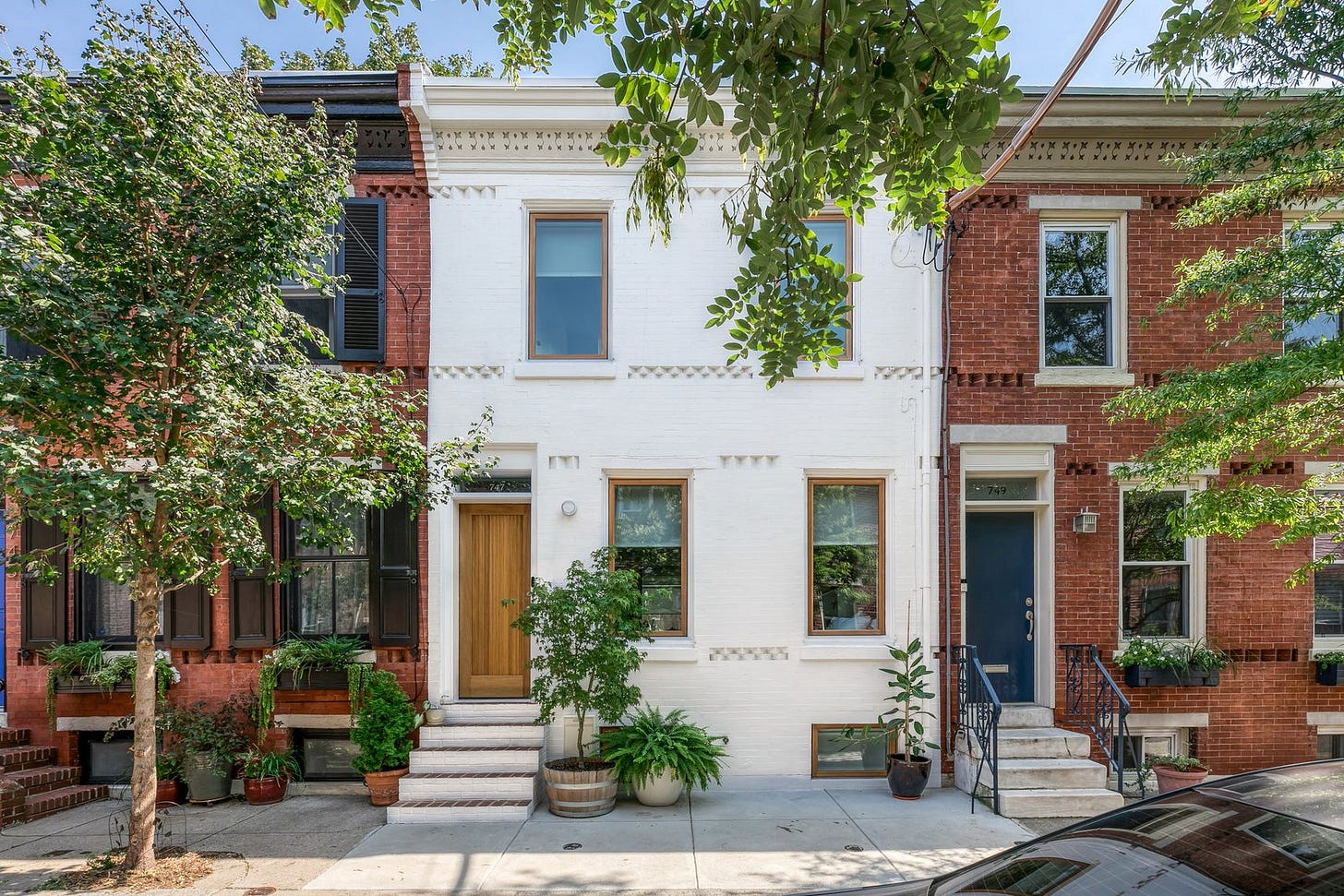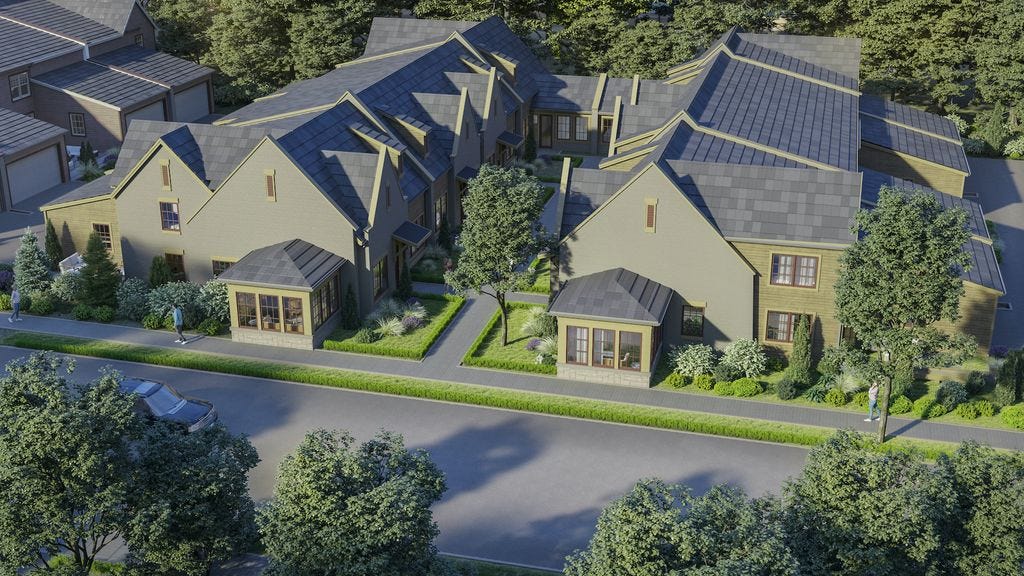In communities across North America, a familiar scene unfolds in planning commission meetings, city council chambers, and community centers nearly every weeknight: A developer or property owner presents plans to build housing—desperately needed in most regions—while a small but vocal group of neighbors protests vehemently that this particular project will destroy their community.
The script rarely varies. Six, ten, or thirty neighbors take turns at the microphone, citing fears of traffic congestion, parking shortages, overcrowded schools, strained infrastructure, and changed "neighborhood character." These arguments are presented with urgent conviction, despite often being unsupported by data or directly contradicted by professional analyses.
The Cumulative Impact of "Not Here"
Any single blocked housing development might seem inconsequential in addressing the housing crisis. What's the loss of 12 units in a suburb of Lansing, 40 apartments in Grand Rapids, or 75 condos in Traverse City when hundreds of thousands of units are needed across the State?
The math is devastating when multiplied across all of our communities:
A study from the Terner Center found that each year of delay adds approximately 5% to a project's final cost.
Boston University researchers found that restrictive zoning—often strengthened in response to neighborhood opposition—reduced potential housing production by nearly 40% in Greater Boston.
In California alone, researchers at UC Berkeley estimated that local opposition blocked or significantly downsized more than 130,000 housing units in the five years between 2015 and 2020.
In aggregate, experts estimate that hundreds of thousands of homes were never built over the last decade specifically because neighbors opposed them—contributing significantly to our current housing shortage and affordability crisis.
The Common Playbook: Delay, Diminish, Deny
Opposition to housing typically follows a predictable pattern that I have started to call the "Three Ds":
Delay
Neighborhood groups demand additional studies, question environmental reviews, file appeals, and pursue litigation—even when they know these actions are unlikely to ultimately stop a project. The strategy is simple: make the process so lengthy and expensive that developers abandon projects or scale them back dramatically.
In Oakland, a 260-unit apartment building spent four years in the approval process due to multiple appeals by a neighborhood group, despite the project complying with all zoning requirements and including 27 affordable units. By the time it was approved, construction costs had increased by 32%, forcing the developer to reduce the affordable housing component because they could no longer justify its cost.
Diminish
When outright stopping a project seems unlikely, the fallback position becomes demanding reductions: fewer units, lower heights, more parking, larger setbacks. Each compromise reduces the number of homes created and increases per-unit costs.
In Minneapolis, a proposed 82-unit apartment building was reduced to 58 units after neighbor complaints about height and density, despite its location on a major transit corridor specifically zoned for higher density.
Deny
When all else fails, opponents simply deny the need for more housing in their specific neighborhood, regardless of regional housing shortages. Common refrains include "this is the wrong location," "we support housing, just not this project," or "we need to pause and create a new neighborhood plan"—which invariably recommends housing be built somewhere else.
Source: Mosaic Homes
The Arguments: Legitimate Concerns vs. Bad Faith Tactics
While some neighborhood concerns deserve consideration, many common arguments against new housing are demonstrably misleading:
Traffic and Parking
The claim: "This project will create gridlock and make parking impossible." The reality: Multiple studies show that infill development, particularly near transit, generates significantly less traffic than predicted by standard models. Meanwhile, parking requirements often force developers to build expensive parking spaces that go unused and drive up housing costs.
School Overcrowding
The claim: "Our schools can't handle more students." The reality: Many communities opposing development have experienced declining school enrollment. In many inner ring suburbs with strong opposition to multi-family housing, several schools have closed or consolidated due to declining student numbers—even as they continue to oppose housing based on school capacity concerns.
Infrastructure Strain
The claim: "Our sewers/water/electricity can't support more residents." The reality: Infrastructure costs per housing unit are actually higher in low-density areas. Denser development makes more efficient use of existing infrastructure, and development impact fees typically cover necessary upgrades.
Neighborhood Character
The claim: "This doesn't fit our neighborhood character." The reality: This concern often serves as a socially acceptable proxy for less palatable objections to changing demographics or housing types. Many of our most cherished neighborhoods evolved organically over time with varied housing types and architectural styles. Yet, we often find that current homeowners expect their neighborhoods to remain exactly the same for generations to come.
“This Housing Isn’t Truly Affordable”
In many instances, the local Planning Commission is bombarded with competing messages, both of which are opposed to the development. One group doesn’t want affordable housing or higher densities in the neighborhood because they believe it will lower their property values (which is directly contradicted by dozens of studies). Another group says that the housing shouldn’t be built because it’s actually not affordable enough. Their argument is that the only housing that should be built is housing that serves the lowest income populations. While this is an honorable goal, if there aren’t any available subsidies to support that affordability, the result is simply that no new housing gets built and all of the existing housing gets more expensive because we’re all competing for a scarcity of options.
Solutions: Rebalancing the Process
Addressing this challenge requires multiple approaches:
1. Streamline Approval Processes for Compliant Projects
Projects that meet existing zoning requirements should have a clear, predictable path to approval without multiple discretionary reviews or being required to seek letters of support. Several States have passed legislation creating "by-right" approval for certain housing types, reducing the opportunity for delay tactics provided that the proposals meet the minimum standards.
2. Educate Before Engaging
Communities should invest in educating neighbors and advocacy groups about housing economics, zoning, and development constraints before seeking input on specific projects or zoning changes. When residents understand basic concepts like construction costs, operating expenses, and financing requirements, they can provide more realistic and constructive input.
3. Broaden Participation Beyond Public Hearings
Public hearings systematically over-represent opposition. Communities should use multiple engagement methods—including digital surveys, representative sampling, and community workshops—to gather input from a more representative cross-section of residents, including renters and younger residents often absent from traditional meetings.
4. Focus on Objective Standards
Moving from subjective criteria like "neighborhood compatibility" toward clear, objective standards creates predictability for both developers and neighbors while reducing opportunities for arbitrary opposition.
5. Center Housing as a Human Right
Perhaps most importantly, we need to reframe housing conversations around the fundamental human need for shelter. When housing is viewed primarily as an investment vehicle for existing homeowners rather than essential infrastructure for the community, decisions inevitably favor protection of asset values over human needs.
The Hard Truth About Community Input
The following text is taken from a recent post by City Manager and Doctoral Candidate, Brooks Williams. It was so well written and appropriate, I’m just going to cut and paste his comments here.
“Not every opinion is valid. Not every voice deserves equal weight. Not every demand can, or should, be met. The resident who demands lower taxes while also demanding better roads, faster emergency response times, and more parks doesn't get to be served on their terms. The business owner who wants fewer regulations but complains when a poorly planned development threatens their property values doesn't get to have it both ways. The activist who demands "community input" but refuses to accept expert recommendations when they don't align with their agenda isn't asking for engagement, they're asking for control.”
“Local government's role isn't to "serve everyone." It's to make decisions that allow communities to function. That means prioritizing facts over feelings, expertise over emotions, and sustainability over short-term political survival.”
“Leadership isn't about making people happy. It's about making decisions that will still make sense a decade from now.”
None of the above is intended to undermine the importance of bringing in voices of lived experience or listening to everyone in the community who wants to express an opinion. However, while everyone’s opinion can be heard, there’s no way that everyone’s opinion can be accommodated. The job of local officials is to make the hard decisions. The decisions that are best for the entire community even when they feel unpopular among a particular group.
The Path Forward
The housing crisis wasn't created overnight, and it won't be solved overnight. But recognizing the role that local opposition plays in constraining housing supply is an essential step toward addressing it.
By reforming planning processes, broadening participation, educating communities, and centering human needs, we can create pathways for housing production that serve the entire community—both current and future residents.
The solution isn't ignoring legitimate neighborhood concerns, but rather distinguishing those from tactics designed simply to delay, diminish, and deny housing opportunities for others. Only then can we build inclusive, affordable communities that reflect our highest values rather than our narrowest interests.




preach!!!
Gaslighting from someone who is paid to push developer's interests. https://www.housingnext.org/team/ryan-kilpatrick The "who we work with" section tells you everything you need to know about the motivation behind this post: https://www.housingnext.org/about